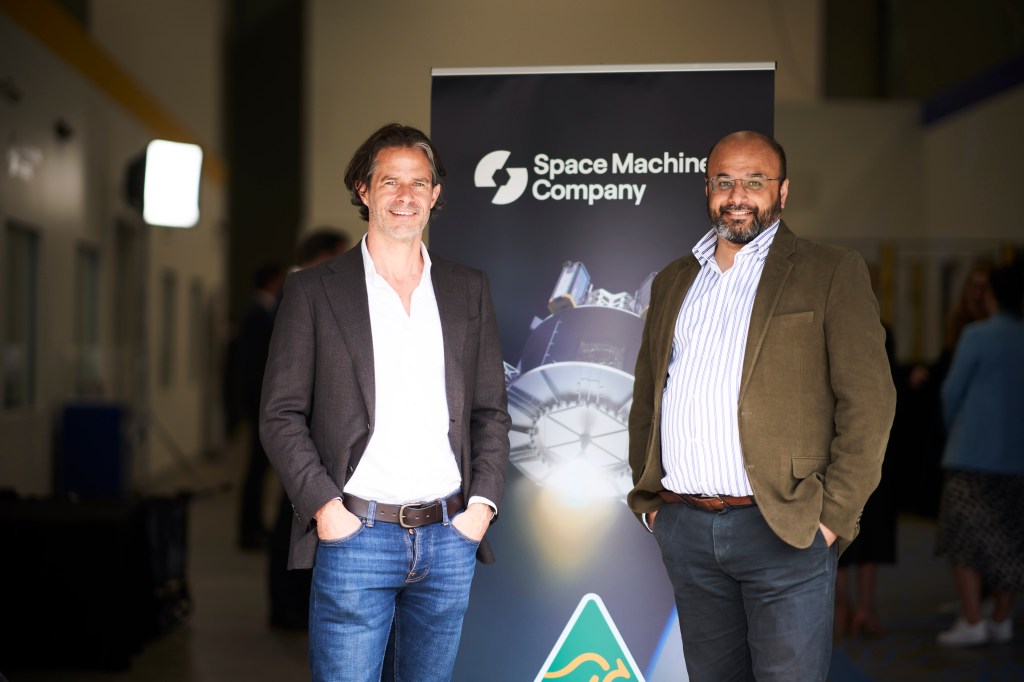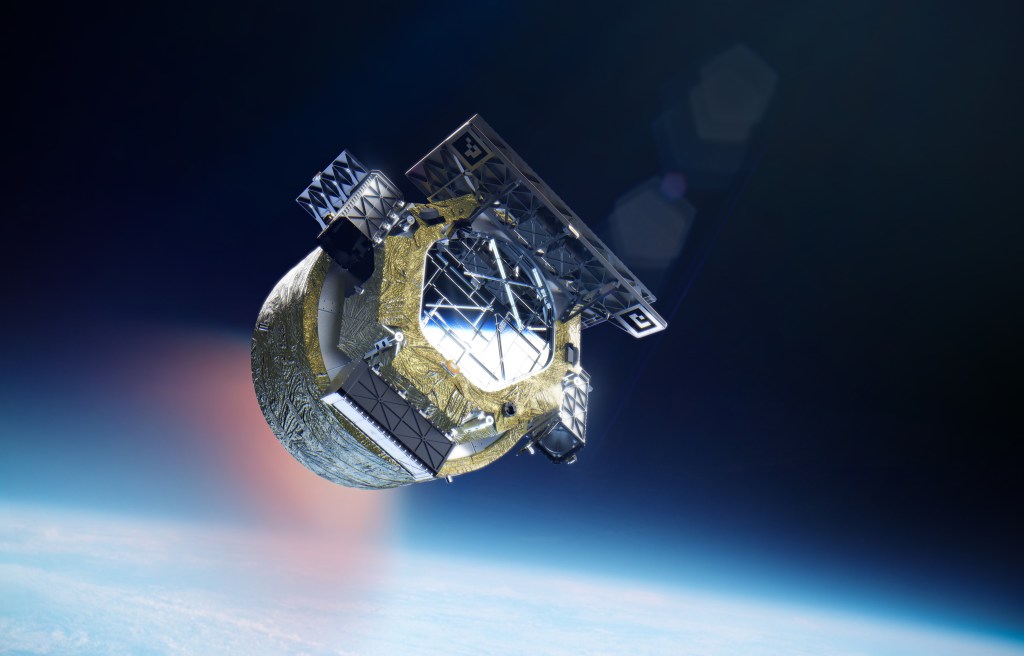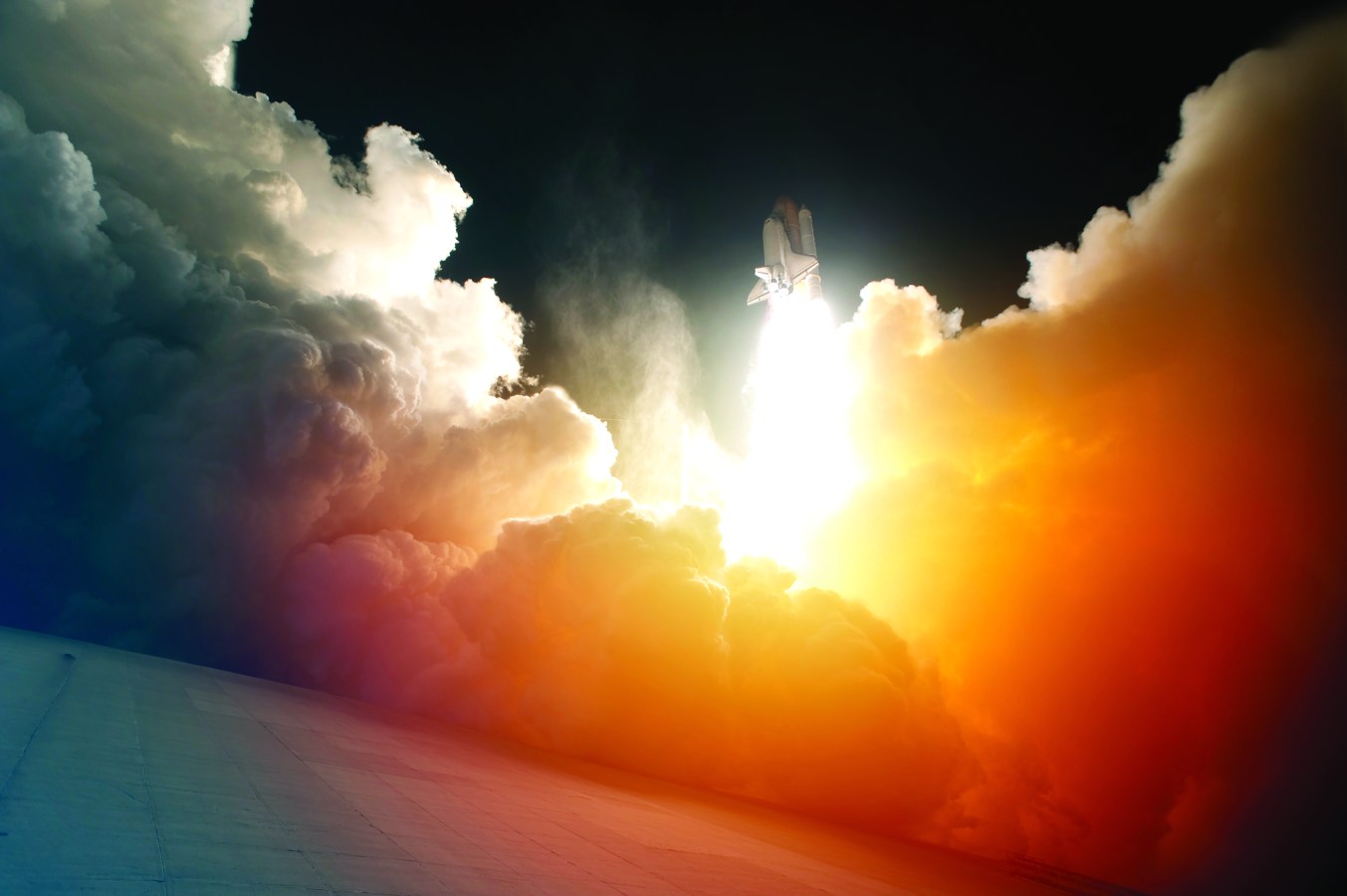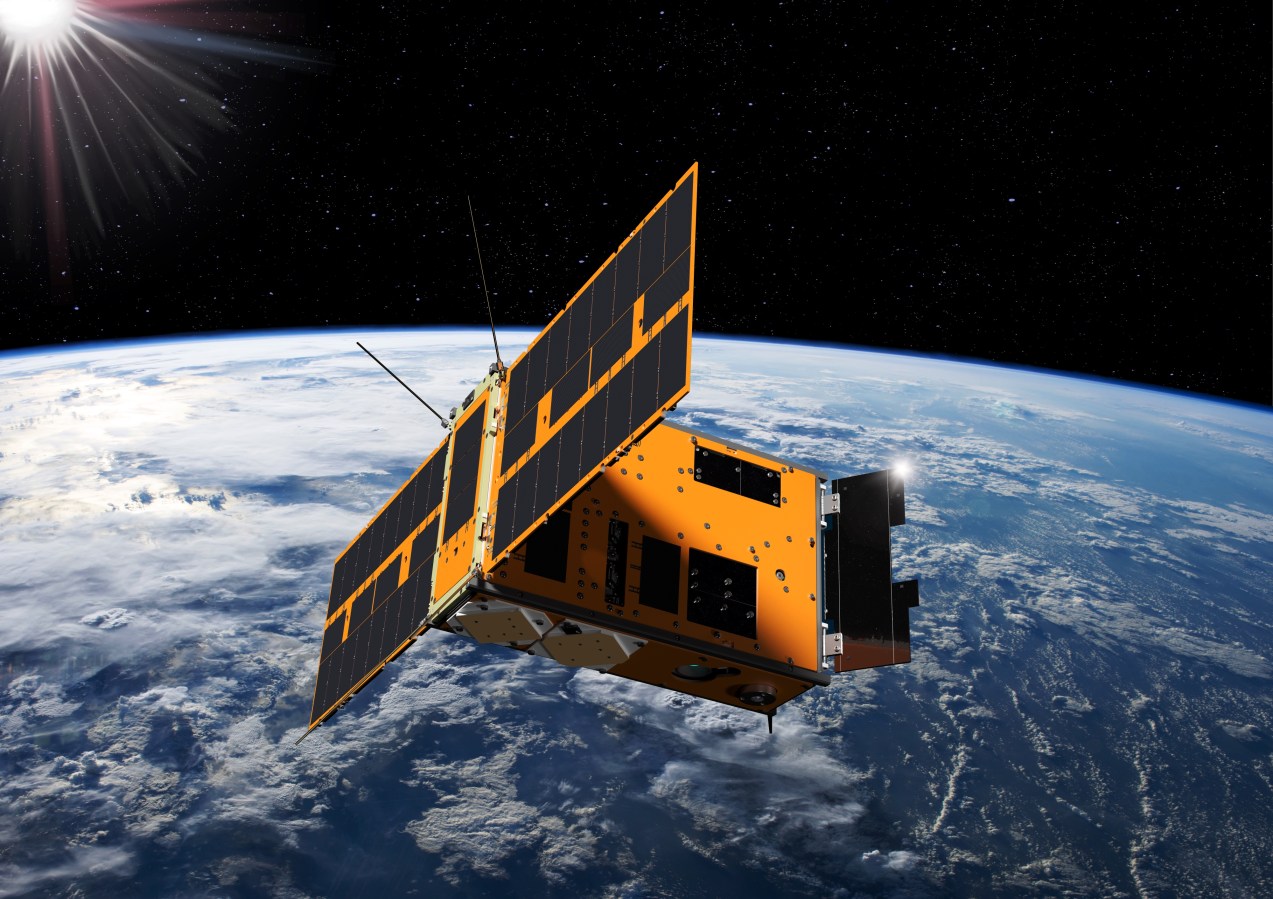After a month of conjecture, Space Machines Company founders Rajat Kulshrestha and George Freney address the Optimus mission exclusively to Forbes Australia in their own words.

Space Machines Company Key Facts
- 2018: Founded by Rajat Kulshrestha and George Freney.
- May, 2022: Announces deal with SpaceX to launch Optimus in April 2023.
- Sept 21, 2022: Announces deal with telco Optus to explore options for developing sovereign space capabilities.
- March 5, 2024:Launches 270kg Optimus satellite from Vandenberg Space Force Base in California aboard SpaceX’s Falcon 9 rocket.
- April 19, 2024: Reports emerge of a failure to contact with the satellite.
- April 30, 2024: Awarded $8.5 million as part of Australian government’s International Space Investment (ISI) India Projects to create a joint Australian-Indian mission called Space MAITRI to demonstrate space debris management.
By Rajat Kulshrestha and George Freney
The recent launch of our Optimus satellite marked a pivotal milestone for Australia – a giant leap into a new era of space entrepreneurship powered by Aussie grit. The mission represented Australia’s largest locally designed and built commercial satellite to go into space.
From our vantage point as co-founders of Space Machines Company, this achievement showcased what’s possible when Australian innovators shed risk aversion in favour of embracing daring pursuits. For too long, our nation’s entrepreneurial spirit has been shackled by an unhealthy fear of falling short that stifles the experimentation critical for breakthrough innovation.

With Optimus, we made the choice to dream big from the very beginning. As a small startup with zero prior experience in the space sector, we had a vision and dived headfirst into the challenge of designing, building, and operating cutting-edge space infrastructure. We wanted to solve a critical issue and began developing an Orbital Servicing Vehicle (OSV) to provide “roadside assistance in space” for existing space infrastructure. This undertaking pitted us against the aerospace titans of the US, Russia and Europe – massive players with vast institutional knowledge, resources, and multigenerational head starts. But this didn’t deter us.
The obstacles we encountered cannot be overstated. We were confronted with brutal fundraising headwinds, navigating tumultuous capital markets that forced us to be creative and bootstrap most of the way. Pandemic-induced supply-chain shockwaves threatened to derail us. And we were forced to innovate radical new approaches, tapping non-space talent to help us bring Optimus to life.
We didn’t have the expertise in Australia to develop the multilayer insulation (MLI) for Optimus, so we had to think outside the box, and that’s when we brought on industrial sewing machinist Philippe Vincent – who usually works on violin bags and fashion – to hand sew the MLI blanket.
Sky is no longer the limit
In early March, we successfully launched Optimus into orbit aboard a SpaceX rocket. In just a few short years, we accomplished the unimaginable – Australia’s largest locally designed and built commercial satellite. It was a massive triumph for our nation and our team, who poured their heart and soul into making Optimus a reality.

In the weeks following the successful launch and orbital deployment, our engineers successfully identified Optimus in orbit.
However, despite relentless efforts, including round-the-clock mission operations at our Adelaide operations centre and support from Australian and international partners to track the spacecraft from multiple ground stations globally, we have been unable to establish communications with Optimus.
“This setback has been heartbreaking for our team who have invested countless hours, made personal sacrifices, and shown unwavering determination.”
Despite this adversity, we remain resolute in our ambition to make space sustainable and secure for future generations. Throughout this endeavour, we have been fortunate to receive steadfast support from our Australian and international partners. They share our passion and determination to persevere.
While Optimus validated the immense potential of Australia’s space industry, it also spotlighted a cultural mindset that must be reframed if we’re to truly become a spacefaring nation. For too long, Australian innovators have been shackled by a fear of setbacks and failures that diminishes their ambitions.

And that’s exactly what we refuse to let happen in this instance. Achieving that historic milestone with Optimus was the product of audacious ambition triumphing over steep odds.
Next giant leap
But, as SpaceX and others have demonstrated, setbacks are inevitable and necessary milestones on the path to success. What separates the explorers from bystanders is having the courage to persist, the resolve to capitalise on learnings, and the resilience to bounce back stronger from shortfalls.
Our focus remains on the new missions on the horizon. We already have plans to build our next Optimus spacecraft and have been proud to have the support of the Australian Space Agency, as well as our many partners. Set to launch in 2026, our next-generation spacecraft will incorporate valuable lessons learnt from our first mission.
Having demonstrated what a small, determined Australian team can achieve through relentless perseverance, our outlook is steeled with even greater ambition and confidence.
The story of Optimus encapsulates the essence of the Australian spirit. Our nation has an immense opportunity to embrace this pioneering mindset and lead humanity’s next great leap into the high frontier of space exploration and innovation.
Make no mistake – the journey ahead will be paved with further tribulations and trials. But this is the price that must be paid to cement Australia’s status as a space power catalysing critical innovation for the future of our pale blue dot. So we press onward, undaunted, with a simple creed echoing the words of Teddy Roosevelt: “It is not the critic who counts … The credit belongs to [those who are] actually in the arena.”



